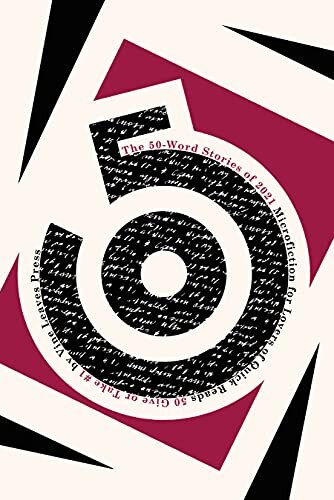My article about flash-writing was published today. Ta-da! Give the writing exercise a spin.
“Four Tips for Writing Fantastic Flash”
by: Melanie Faith
Good things come in small packages. Chocolate truffles. Earrings. Me—okay, that last one is wishful thinking since I round my height up to 5’2”, but you get the picture.
Flash is the mighty genre that could and no exception to the small-packages rule of thumb. In both fiction and nonfiction, flash stories tell a narrative, develop a character and setting, craft conflict and tension to a surprising ending, and more—all in just 1,000 words or less. Pretty impressive!
Use these four tips and the accompanying exercise to craft some stellar flash.
· Set two characters against each other. Ever lived in a dorm? Then you know that very rarely do even two people (much less a whole group) view similar experiences the same way. Such conflict is a key component of good flash. Whether your characters compete for the same person, place, or thing or just have opposing personal, political, or ideological views, one sure way to maintain conflict within a flash is to pair two characters in a clash of goals. When I judge flash contests, one of the key disappointments is when a good flash character or concept doesn’t have enough tension to sustain the flash, so the prose falls flat.
· Ready, set, action! Your protagonist or speaker must DO something. Flashes aren’t as dynamic if the character is inert or has things done to her or him. Detail your protagonist’s physical actions and responses. Many promising flash drafts I’ve read go off the rails when they include a character reflecting on something that has occurred—which is fine for a sentence or two, maybe, but for a flash to really zing off of the page, the character must push back in deed. In real life, I need a fair amount of reflection time, but in my flash writing, I avoid it. Wind those characters up and let them move on the page! Which brings us to our next tip:
· When in doubt, include (a little) body language. Sometimes, jokingly, I’ve referred to dialogue without any speaker tags or visual imagery for several paragraphs as “floating heads,” because the characters seem to exist in outer space, without a clear physical presence. Readers don’t need to know every single cough, sneeze, or hand on the hip, but if your readers can’t imagine how characters are reacting to each other—whether through vocal tone, rolled eyes, tapping toes or shifting uncomfortably- then they probably won’t have as deep an investment in characters’ struggles. Much of what real people communicate in everyday life is demonstrated through body language; sprinkle a few well-placed images between the dialogue to show the conflict between what the character says and how the character or others physically react.
· Contradictions make better flash characters. In other words: we’re all a mess, so why not mine it? Another problem in some flash I see are characters who are one-sided, with a single personality trait that is not-so-awesome for flash: they are too agreeable. Something bad happens, and they accept it as the way things are or they make a decision to ignore it entirely. Strong writing brings us characters who have a main trait—kindness, enthusiasm, anger—and an opposing trait that rears its head now and again—selfishness, mercurial moods, humor at the wrong moment. As F. Scott Fitzgerald once said: “The test of a first-rate intelligence is the ability to hold two opposed ideas in mind at the same time and still retain the ability to function.” Guess what—we all have these two opposing sides and must function, which creates the kind of exhaustion and frustration that doesn’t always make life easy but which makes for fantastic conflict, tension, and character development in flash.
Try this exercise: Your speaker or protagonist has always reacted to injustice by ________________, but today, a different side of their personality is going to shine. Instead, they will _________________. Include inner thoughts of the character or speaker right before they decided what to do, during, and after. Include at least a line of dialogue in your flash where a person with a different opinion or view tries to stop your speaker or protagonist. What happens next? Go!
~~~~~~~~
Looking for a fun online writing class? Still a few spots in my Flash writing class that starts on Oct. 25th. :) In a Flash Details.













